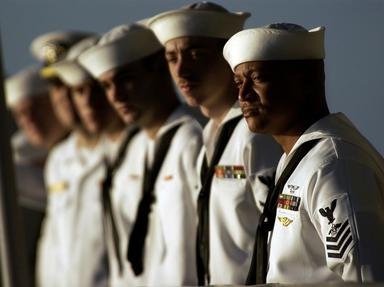Quiz Answer Key and Fun Facts
1. The US Navy's first aircraft carrier, USS Langley, was built by converting an already existing ship. This ship, a collier as originally built, was commissioned into the US Navy in 1913 with the name of which Roman deity?
2. In 1929, after a drought led to the shutdown of the local hydro-electric plant, the carrier USS Lexington was used to provide electricity to which city in the state of Washington?
3. On her initial shakedown cruise in January 1928, USS Saratoga became the first carrier to host a rigid airship, when which US Navy example was moored to her flight deck?
4. In April 1942, the British Prime Minister, Winston Churchill, sent a request to the US government requesting the use of USS Ranger to reinforce which major formation of the Royal Navy?
5. Initially attached to the Atlantic Fleet, in December 1941, USS Yorktown was quickly transferred to the Pacific, becoming the flagship of the newly formed Task Force 17. Which admiral flew his flag in Yorktown?
6. On 7 December 1941, as the Japanese were attacking, USS Enterprise was approximately 215 miles from Pearl Harbor having returned from a mission to deliver fighter aircraft to which outpost?
7. Upon the entry of the United States into World War II, USS Wasp was initially used in the Atlantic theatre. One of her most important tasks was to transport fighter aircraft to relieve the island of Malta, which she did alongside which Royal Navy aircraft carrier?
8. In February 1942, while training off the coast of Virginia prior to being dispatched to the Pacific, USS Hornet undertook a special test when a pair of what type of US Army Air Corps bombers were launched from her deck?
9. Of the eight pre-war aircraft carriers built by the US Navy, five were sunk during 1942. Which was the last one to be lost?
10. Three of the pre-war carriers survived the Second World War. Which of them was the first to be decommissioned?
Source: Author
Red_John
This quiz was reviewed by FunTrivia editor
stedman before going online.
Any errors found in FunTrivia content are routinely corrected through our feedback system.
